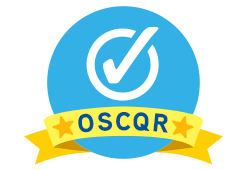<< Teach Online Step by Step
<< Remote Teaching Checklist
OSCQR 16-28
OSCQR 29-37
In a small seminar, students read/watch assigned materials before class, think about the learning materials, and then connect the materials to the major themes of the course. Then, students come to class prepared to make sense of what they have read with the group, engaging in deep reflection and discussion. The professor might clarify misconceptions through lectures.
Add Learning Content
Once you have established what students need to learn and provided them with learning materials, content and resources, the next step is to design learning activities so they demonstrate their thinking and understanding, and provide opportunities for feedback, assessment, and evaluation that allow students to demonstrate what they have learned. As a rule of thumb, every online learning activity should be paired with some form of assessment and/or opportunity for feedback in an online course. Formative learning activities can be paired with low-stakes assessments, peer evaluation, or self-assessment with instructor feedback.
Create Activities and Assessments
Many faculty who move from face-to-face teaching to online instruction worry that their students will not develop a sense of community. However, there are steps you can take in your course design and teaching to cultivate a sense of online class community.
Build a Learning Community
Adapted from: https://keeplearning.umsystem.edu/instructors/adapting-seminar-courses